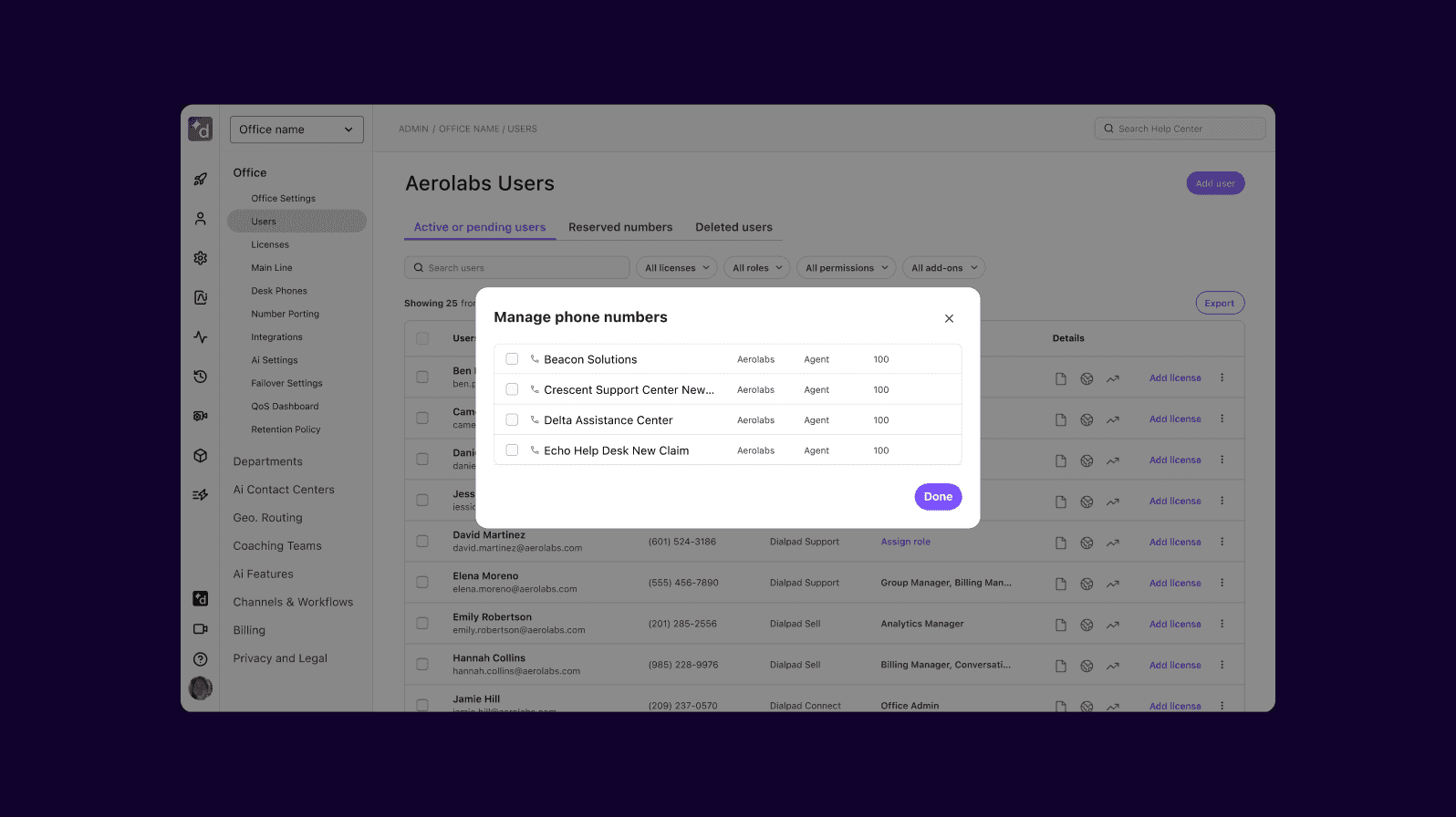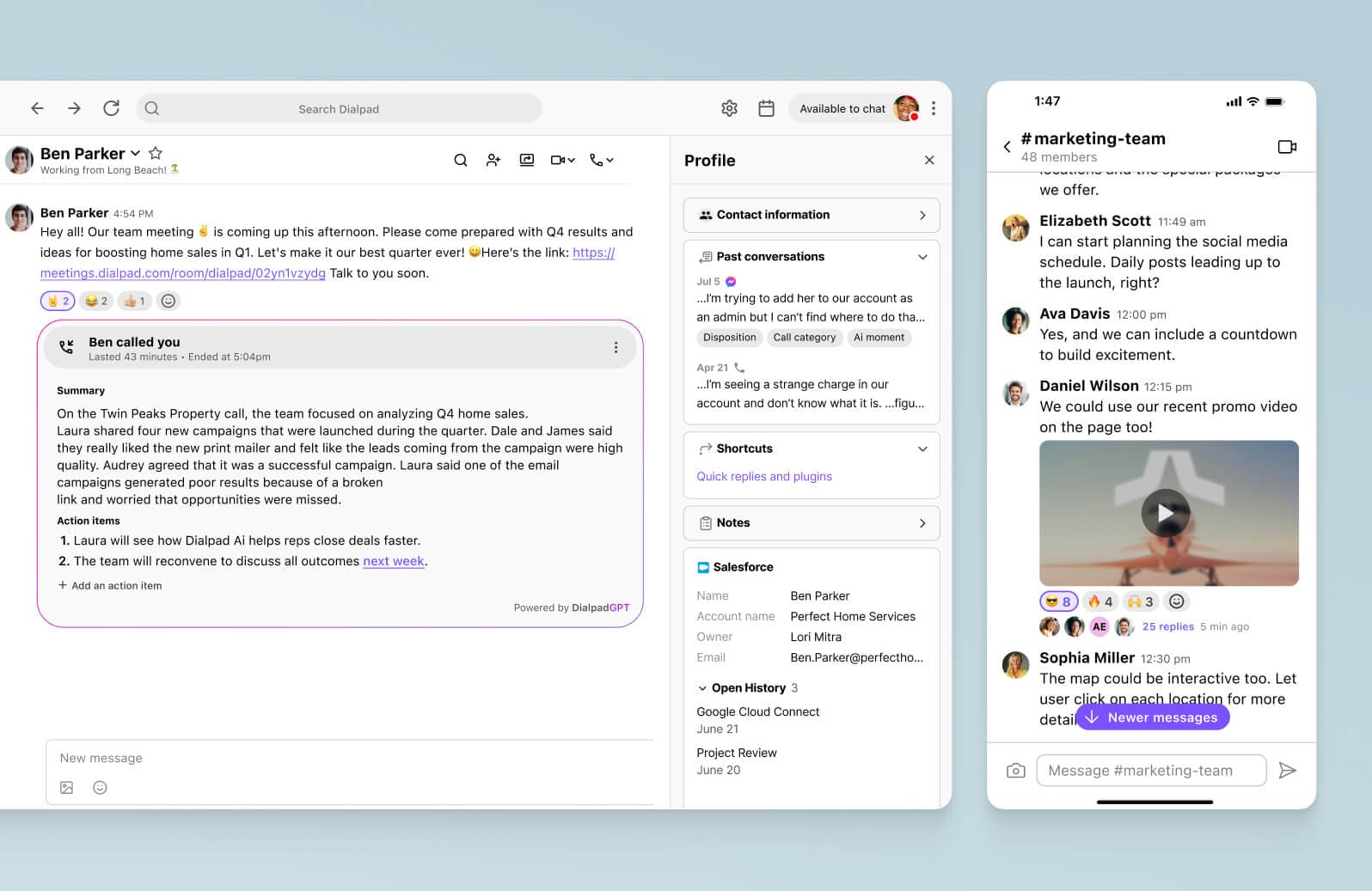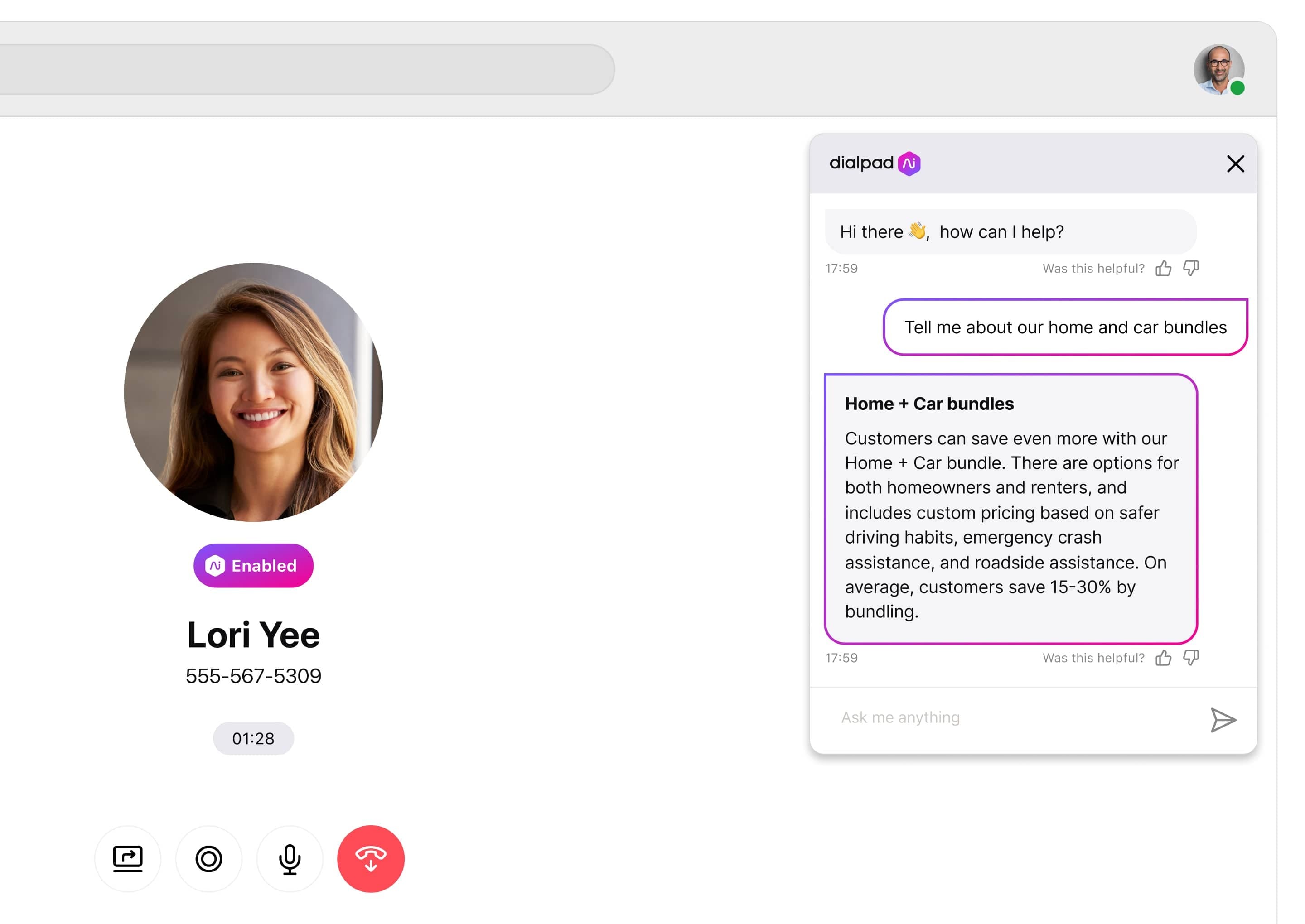Why go to the cloud? A Dialpad perspective

Senior Product Marketing Manager, UCaaS

Tags
Share
When it comes to leading innovation in an established market such as telephony, disruptive or "first-mover" solutions face an uphill battle because of the need to first educate the marketplace on the problems we solve.
This is especially true in the communications space, where being able to interact with customers in any manner that they prefer (while also delivering a top-notch custom experience) is so mission-critical to every day business functions that most IT leaders would rather “leave well enough alone” than make any transformative changes.
In fact, the number one reason we see companies not move forward with a migration to cloud-based communications is to stay with the status quo and just continue to do what they’ve always done… At least for a little longer.
Now with more than a decade of innovation around changing how customers use their business phone system to delight customers, empower employees, and stay on the cutting edge of AI and contact centre technology, we’ve learned some valuable lessons that are leading us into the future and helping companies ease the transition into a digital-first and customer-centric world.
When it comes to making the move to cloud-based communications from traditional approaches to telephony, what we’ve found is that no matter the size, location, or specific deployment needs of an organisation, making the decision to migrate comes down to five simple truths.
5 tips for going to the cloud
1. Straight forward pricing models
You may think you’re getting a great deal with your current telephony vendor, maybe you were quoted $X per line, maybe they threw in some free hardware to sweeten the deal, but what isn’t always immediately apparent is the total cost of ownership.
After the ink dries on a traditional on-prem contract, how much will it cost to install a new line or office? Will different locations require full-time, on-site employee(s) to make changes? How much is maintenance? And how frequently will you have to rip everything out and how frequently will you have to rip everything out and pay to have it re-installed with the latest and greatest hardware for your business?
These “gotcha” costs often go undocumented during the sales and support process but can add up significantly over the ownership lifecycle of on-premises equipment and systems. On the other hand, customers who choose a cloud-based approach (with vendors like Dialpad) can see both short and long-term savings by only paying for the licenses and services that they actually use, and they can scale up or down at any time.
2. Automated and lightning fast administration and onboarding
Gone are the days where your IT admin needs a long checklist of systems to manually provision every time an employee is hired, fired, or moved.
Nowadays, with SAML (Secure, Single Sign-on) and SCIM (automatic provisioning across multiple tools) offered by most cloud productivity platforms and identity management tools, you don't have to run through a thousand action items anymore.
This saves time and admin headcount, and keeps data from slipping through the cracks as a result of manually tracking everything. At Dialpad, you get full access to this functionality, giving your IT and HR teams the flexibility to automate provisioning of Dialpad licences whenever they add or remove a user:

3. One number—any device, any location
We’re all too familiar with recorded voicemail greetings that start off with, "I'm not at my desk..."
Today's professionals are always on-the-go, rarely at their desk, and likely already carry their most important business tool with them wherever they are: a mobile phone. So why not leverage that? Dialpad allows employees to have a single business number to reach them on the platform—and which they can use across their desktop, laptop and mobile phone:

4. Automated transcription, logging and analytics
Similar to automated administration, cloud providers use APIs and open platforms to integrate with other cloud tools like CRMs, ITSM, email, calendar and cloud storage software.
On every interaction on the platform, Dialpad’s proprietary AI engine transcribes every call and meeting and logs every group message, channel conversation and contact centre interaction, and is able to provide cross-functional analytics across the different modes of communication.
Want to search for something that was said in passing in a conversation with a colleague? Start typing the word and you’ll be able to see an instance it was mentioned on the platform, along with the ability to be taken directly to a transcription and recording of when it was mentioned:

5. International connectivity and HD voice
Making calls over the open web has one glaringly obvious (but sometimes overlooked) advantage: It's global.
If you’re the CIO of a global enterprise with a PBX infrastructure, chances are you have dozens of regional telephony vendors, and dozens of contracts and relationships to manage. A cloud provider like Dialpad allows you to narrow that down to just one.
It also allows your organisation to communicate between offices and internationally for a more collaborative culture and a seamless user experience around the world.
Dialpad specifically leverages a proprietary split-cloud architecture to deliver HD voice anywhere in the world for calls and meetings on the platform. In this instance, all of our software logic, call routing and storage exists in the Google Cloud Platform, while all voice traffic operates on a private telephony network reaching 12 data centres globally, routed through bare bones telephony engines.
These bare metal devices do nothing else but route voice traffic, so you’re guaranteed crystal clear voice for calls and meetings no matter where in the world you’re using Dialpad.
So the next time your telephony contract is up for renewal, ask yourself: Are you really doing your business good—or are you simply keeping the status quo?
Ready to go to the cloud?
If you're interested in learning more about Dialpad’s cloud-based business phone system, you can see, try, and buy it right now:
👉 See: Check out our new Demo Centre to watch the Dialpad Connect Demo, or experience a click-through demo of our actual interface and all it can do
👉 Try: Sign up for a free 14-day trial and experience a full version of Dialpad Voice!
👉 Buy: Ready to make the move? You can buy Dialpad right now, or talk to one of our advisors to guide you to the right product.
